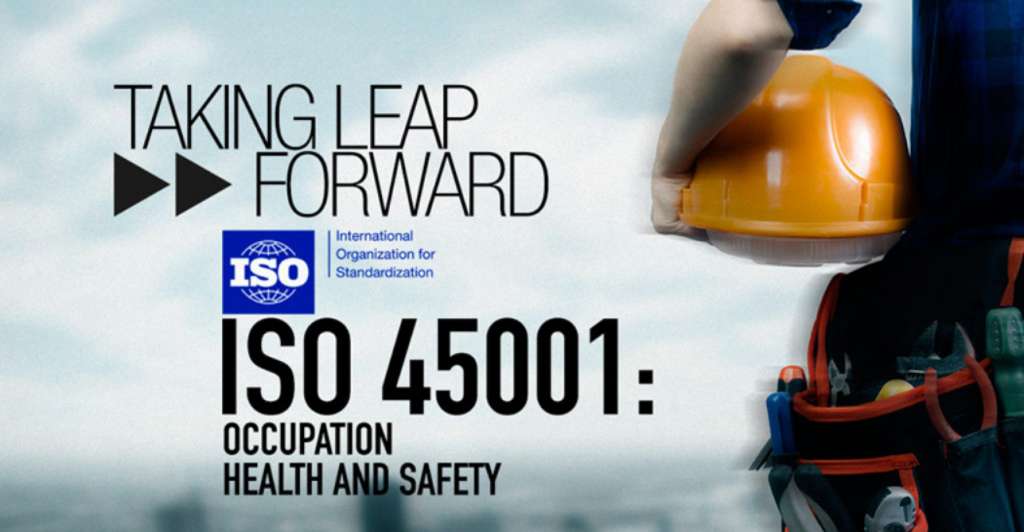The burden of occupational injuries and diseases is significant, both for employers and the wider economy, resulting in losses from early retirements, staff absence and rising insurance premiums.
To combat the problem, ISO has developed a new standard, ISO 45001, Occupational health and safety management systems – Requirements, that will help organizations reduce this burden by providing a framework to improve employee safety, reduce workplace risks and create better, safer working conditions, all over the world.
The standard was developed by a committee of occupational health and safety experts, and follows other generic management system approaches such as ISO 14001 and ISO 9001. It will take into account other International Standards in this area such as OHSAS 18001, the International Labour Organization’s ILO-OSH Guidelines, various national standards and the ILO’s international labour standards and conventions.
What are the major differences between OHSAS 18001 and ISO 45001?
There are many differences, but the main change is that ISO 45001 concentrates on the interaction between an organization and its business environment while OHSAS 18001 was focused on managing OH&S hazards and other internal issues. But the standards also diverge in many other ways:
- ISO 45001 is process-based – OHSAS 18001 is procedure-based
- ISO 45001 is dynamic in all clauses – OHSAS 18001 is not
- ISO 45001 considers both risk and opportunities – OHSAS 18001 deals exclusively with risk
- ISO 45001 includes the views of interested parties – OHSAS 18001 does not
These points represent a significant shift in the way health and safety management is perceived. OH&S is no longer treated as a “stand alone”, but must be viewed within the perspective of running a sound and sustainable organization. That being said, although the two standards differ in their approach, a management system established in accordance with OHSAS 18001 will be a solid platform for migrating to ISO 45001.
How will ISO 45001 be used?
We predict that most organizations will use ISO 45001 to establish an effective OH&S management system, and just a few will want the extra recognition that comes with certification. There is no requirement to certify to an ISO management system standard. Simply having a formal management system in place will bring many benefits of its own through enforcing best practice. Certification is merely an added endorsement that demonstrates to external parties that you have achieved full compliance with a specific standard.
The benefits of ISO 45001 are endless when implemented correctly. While the standard requires that OH&S risks be addressed and controlled, it also takes a risk-based approach to the OH&S management system itself, to ensure that it is effective and that it is being continually improved to meet an organization’s ever-changing “context”. Moreover, it ensures compliance with current legislation worldwide. All these measures combined can establish an organization’s reputation as a “safe place to work”, bringing a host of corollary benefits, from reducing insurance costs to improving employee morale – all while continuing to meet your strategic targets.
Source : ISO.org

Recent Comments